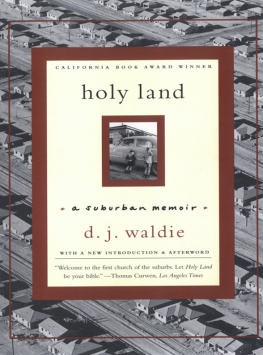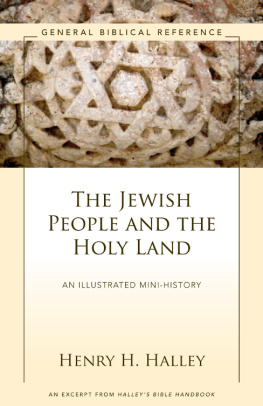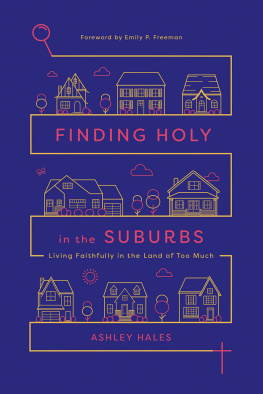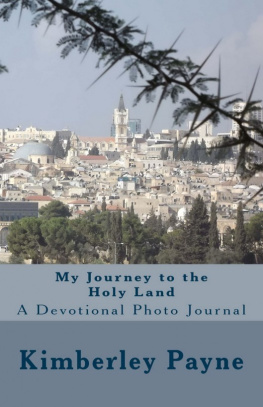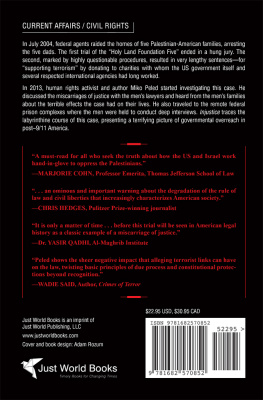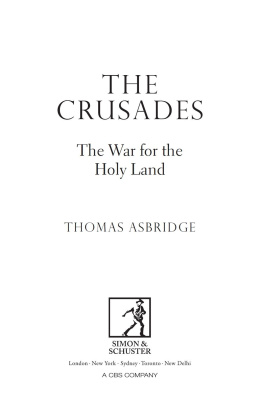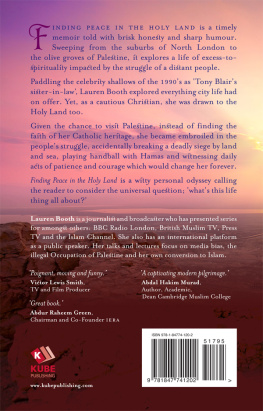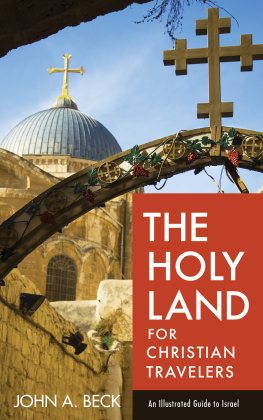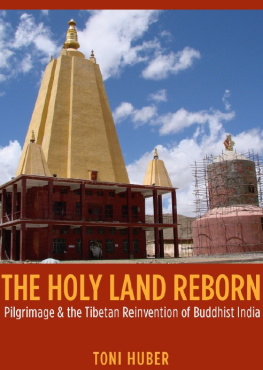Contents
Copyright 1996, 2005 by Donald J. Waldie
All rights reserved
First published as a Norton paperback 2005
For information about permission to reproduce selections from this book,
write to Permissions, W. W. Norton & Company, Inc.,
500 Fifth Avenue, New York, NY 10110.
Book design by Charlotte Staub
Library of Congress Cataloging-in-Publication Data
Waldie, D. J.
Holy land : a suburban memoir / D. J. Waldie
p. cm.
1. Waldie, D. J. 2. Lakewood (Calif.)Social life and customs.
3. Lakewood (Calif.)Biography. 4. Suburban lifeCalifornia
Lakewood. I. Title.
F869.L217W35 1996
979.493dc20
[B] 95-25424
CIP
ISBN 978-0-393-07856-5 (e-book)
W. W. Norton & Company, Inc.
500 Fifth Avenue, New York, N.Y. 10110
www.wwnorton.com
W. W. Norton & Company Ltd.
Castle House, 75/76 Wells Street, London W1T 3QT
Infinitely moving and powerful, just dead-on right, and absolutely original.
Joan Didion
Waldie is much too close to Lakewood to sentimentalize it and far too deeply rooted there to buy into any glib notions of its placelessness. He has written a quirky, multidimensional portrait of Lakewood in the form of a mosaic. And by the end of this short, fascinating book, he has presented Lakewood with a history as rich and variousas storiedas the most ancient of cities.
Michael Pollan, New York Times
A writer of pithy grace, compassion and insight. In D. J. Waldie the Plains of Id have found a voice.
Kevin Starr, Los Angeles Times Book Review
[An] almost mystical memoir about the evolution of a suburb and about a Catholic boy. Like his neighborhood, the authors book is organized into small numbered lotssome no longer than a sentenceand in them he seeks to find his own place in the spiritual grid.
The New Yorker
Part memoir, part history, Holy Land is a poetic, hypnotically appealing collection.
People
Finally, a book as complicated as the suburbs themselves. Holy Lands hybrid mixture of fact and emotion, memory and history engages the reader like poetry, producing images that remain long after you finish reading.
Margaret Crawford, Los Angeles Times Book Review
An utterly original work.
Mirabella
With writing so sparse, and in a tone verging on the haunting, [Waldie] animates life on the grid.
Tom Vanderbilt, Village Voice
With Holy Land, poet-historian D. J. Waldie has produced a brilliant period piece about suburban L.A., an American classic that shines with the poignancy, loss, and optimism produced by ages of discovery.
Peter Theroux
Without a single hyperbolic touch, Waldie summons up the humanity in his outwardly arid town and ties us to it.
Phil Freshman, Twin Cities Reader
A tour de force of personal memoir.
William McGowan, Publishers Weekly
I live where a majority of Americans live: a tract house on a block of other tract houses in a neighborhood of even more. My place is at the extreme southeast corner of Los Angeles County in a 957-square-foot house of wood frame and stucco construction put up hastily during the Second World War on dead-level farmland just far enough from a Douglas Aircraft plant so that bombs dropped by Japanese planes might miss it.
My parents bought this house in 1946, less than a year after the war ended, and they felt extraordinarily lucky. Maybe you wouldnt regard a house like mine as a place of pilgrimage, but my parents did. Perhaps their one big move, from the Depression in New York and through the world war to California, had been enough. Their lives afterward seemed to be about that, tooabout the idea of enough. Their neighbors had the same idea. The critics later said that all suburban places were about excess. But they were wrong.
Despite everything that may have been ignored or squandered here, I believe a kind of dignity was gained. More men than just my father have said to me that living here gave them a life made whole and habits that did not make them feel ashamed. They knew what they had found and lost. Mostly, they found enough space to reinvent themselves, although some men finally knew that their work of reinvention had gone badly.
Urban planners tell me that my neighborhood was supposed have been bulldozed away years ago. Yet these small houses on small lots resist, loyal to an idea of how a neighborhood could be made.
There are plenty of toxic places in the gated enclaves and McMansion wastelands of America. They dont have enough of the play between life in public and life in private that I see choreographed by design in my suburb. With neighbors just fifteen feet apart, were easily in each others lives, across fences, in front yards, and even through the thin stucco walls.
A Puritan strain in American culture is repelled by the look of where I live, and has been since a young photographer working for the Lakewood Park Corporation took a series of aerial photographs beginning in 1951 that look down on the vulnerable wood frames of the houses the company was putting up. Except you cant see the intersection of character and place from an altitude of 500 feet.
I once thought my suburban life was an extended lesson in how to get along with other people. Now I think the lesson isnt neighborliness; its humility. When I stand at the end of my block, I see a pattern of sidewalk, driveway, and lawn that aspires to be no more than harmless. Thats important, because we live in a time of great harm to the ordinary parts of our lives, and I wish that I had acquired more of the resistance my neighborhood offers.
Where I live is one of the places where suburban stories were first mass-produced. They were stories then for displaced Okies and Arkies, Jews who knew the pain of exclusion, Catholics who thought they did, and anyone white with a steady job. Today, the same stories begin here, except the anxious people who tell them are completely mixed in their colors and ethnicities. I continue to live here because I want to find out what happens next in stories I think I already know.
Loyalty is the last habit that more sophisticated consumers would impute to those of us who live here; were supposed to be so dissatisfied in the suburbs. But Im not unusual in living here for all the years I have. Perhaps like me, my neighbors have found a place that permits restless people to be still.
The primal mythmakers of California are its real estate agents, and one of them told me once that this suburb still attracts aspirant homebuyers because its in the heart of the metroplex. Maybe its just in the heart.
I dont know why this place is still adequate to my desire. Its the setting for a story I want to hear told. Its just the body into which I welcome myself.
(William Garnett Photo)
(William Garnett Photo)
(William Garnett Photo)
(William Garnett Photo)
(William Garnett Photo)
(Rothschild Photo)
(Authors collection)
(Rothschild Photo)
(Rothschild Photo)
(Rothschild Photo)
(Rothschild Photo)
(J.R. Eyerman for Life Magazine, July 13, 1953 Time Warner Inc.)
(Security Pacific National Bank Photograph, Collection of the Los Angeles Public Library)

